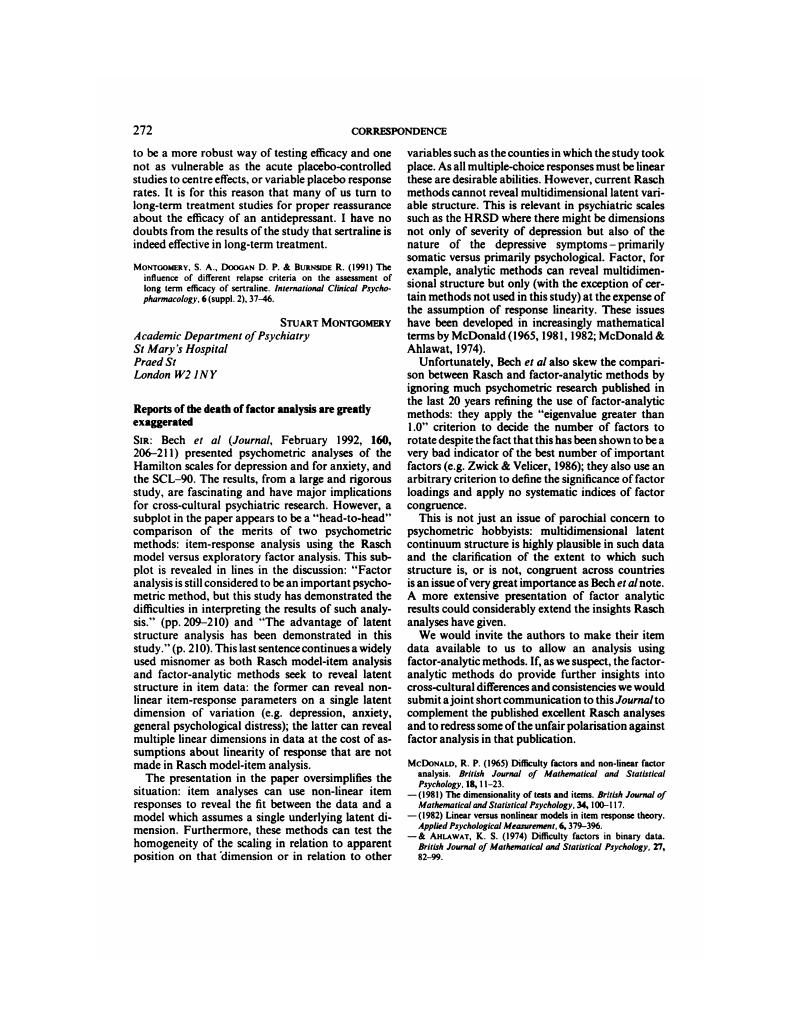Crossref Citations
This article has been cited by the following publications. This list is generated based on data provided by Crossref.
Lecrubier, Y.
Puech, A. J.
Azcona, A.
Bailey, P. E.
and
Lataste, X.
1993.
A randomized double-blind placebo-controlled study of tropisetron in the treatment of outpatients with generalized anxiety disorder.
Psychopharmacology,
Vol. 112,
Issue. 1,
p.
129.




eLetters
No eLetters have been published for this article.